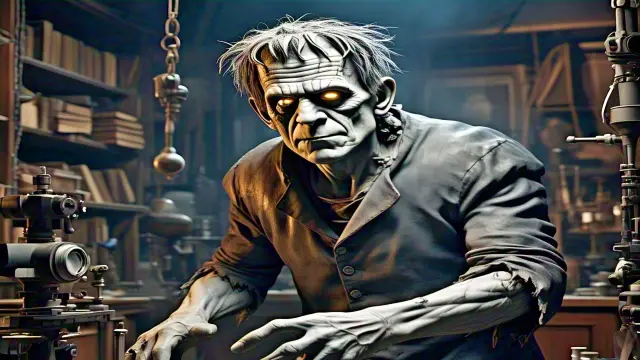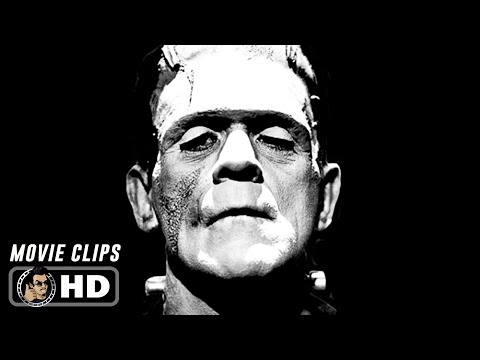Mention the word Frankenstein, and debates erupt. Is it the monster or the scientist? While purists argue that Frankenstein is the creator, not the creature, popular culture has blurred the lines. This article dives into the origins of Frankenstein, its cultural impact, and the fascinating misconceptions surrounding it.
The Birth of a Literary Legend
Frankenstein; or, The Modern Prometheus was born during a stormy summer in 1816. Mary Wollstonecraft Godwin (later Shelley) was just 18 when she penned this groundbreaking novel. The story emerged from a challenge by Lord Byron at Villa Diodati, where Mary, her future husband Percy Bysshe Shelley, and others gathered.
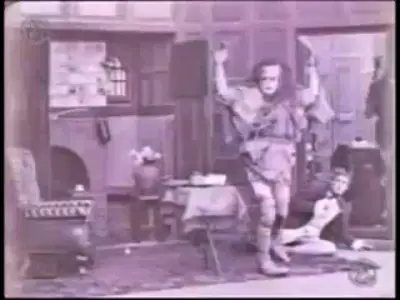
Published anonymously in 1818, the novel initially received mixed reviews. However, a stage adaptation in 1822 and a revised edition in 1831 cemented its place in literary history.
Frankenstein: The Scientist or the Monster?
The confusion between Victor Frankenstein and his creation has deep roots. Even in the 19th century, writers like William Ewart Gladstone and Walter Pater used “Frankenstein” to describe monstrous creations.
By the 20th century, this usage became widespread, especially in films. The 1931 movie Frankenstein, starring Boris Karloff as the creature, solidified the monster’s image in popular culture. Karloff’s portrayal—complete with a flat head and neck bolts—became iconic.
Frankenstein in Film and Pop Culture
The creature’s cinematic journey began in 1910 with Edison Studios’ silent film. However, it was the 1931 Universal Pictures adaptation that truly captured the public’s imagination.
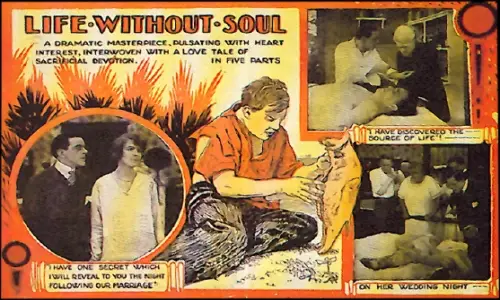
Key moments from the film, like the line “It’s alive!” and the tragic drowning scene, sparked controversy and fascination. Sequels like The Bride of Frankenstein (1935) and Son of Frankenstein (1939) further entrenched the monster’s legacy.
Over time, the name Frankenstein became synonymous with the creature, not the scientist. This shift reflects how pop culture reshapes literary works.
The Real-Life Inspiration: Andrew Crosse
Some claim Andrew Crosse, a 19th-century scientist, inspired Victor Frankenstein. Crosse’s experiments with electricity and his accidental creation of tiny creatures called Acarus galvanicus sparked outrage and accusations of blasphemy.
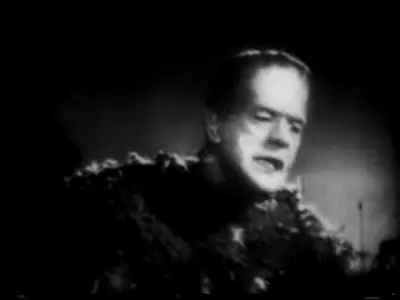
However, this theory overlooks a crucial detail: Mary Shelley wrote Frankenstein in 1816, while Crosse’s experiments took place in 1836. The timeline debunks the myth but highlights how easily fact and fiction intertwine.
Why the Confusion Matters
The blending of Frankenstein and his monster reflects broader themes in the novel. Mary Shelley explores the consequences of unchecked ambition and the blurred line between creator and creation.
By calling the creature Frankenstein, society mirrors Victor’s failure to take responsibility for his creation. It’s a reminder of how easily we can lose control of what we bring into the world.
Frankenstein’s Legacy
Mary Shelley’s Frankenstein remains a cornerstone of science fiction and gothic literature. Its themes of creation, responsibility, and humanity resonate even today.
The creature’s evolution from a tragic figure to a pop culture icon underscores the novel’s adaptability. Whether as a cautionary tale or a Halloween staple, Frankenstein continues to captivate audiences.
Conclusion
Frankenstein is more than a story about a mad scientist and his creation. It’s a exploration of human ambition, ethics, and identity. The confusion between Frankenstein and his monster reflects our own struggles with responsibility and consequence.
Next time someone corrects you on who Frankenstein really is, remember: the myth is as powerful as the man.

